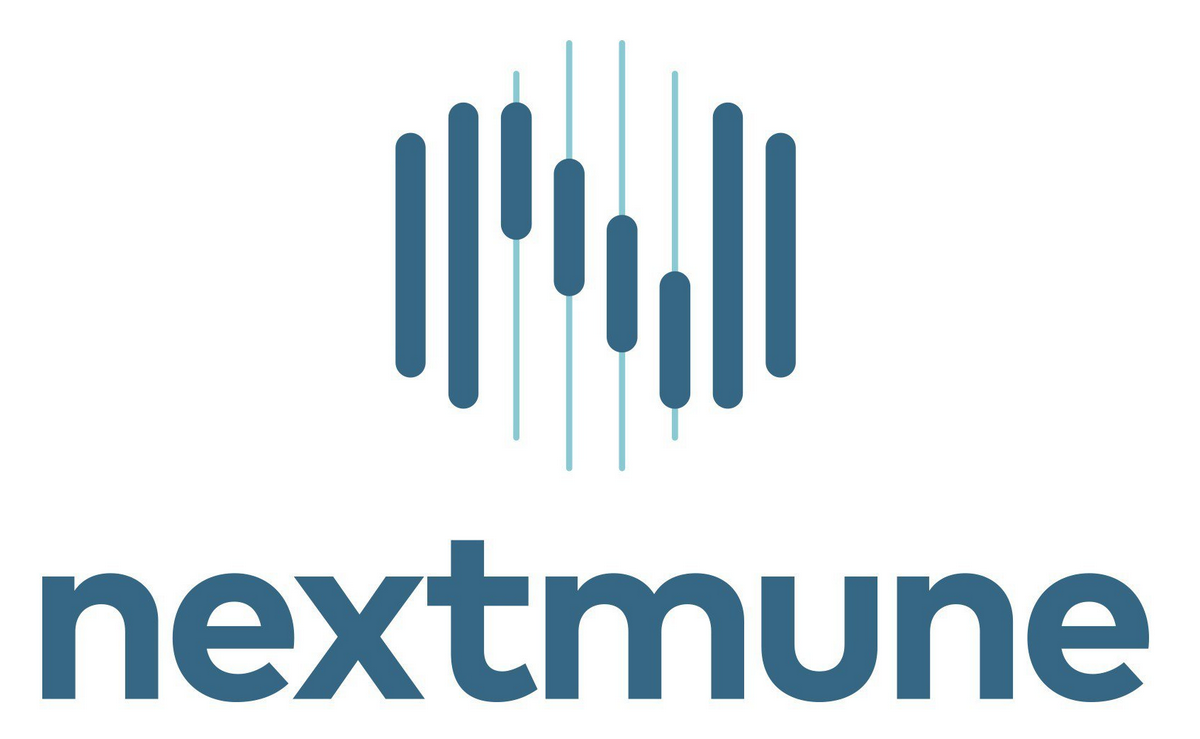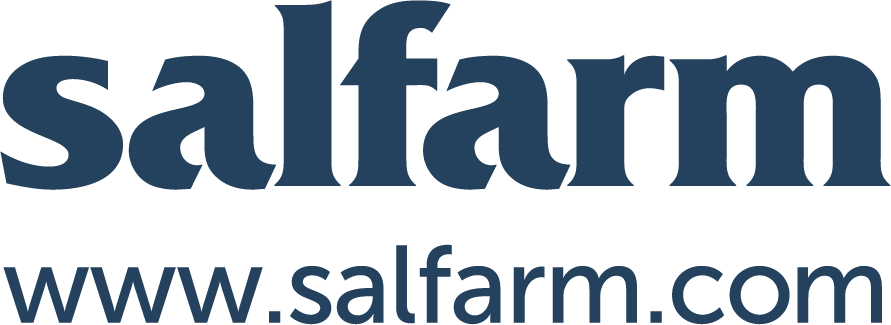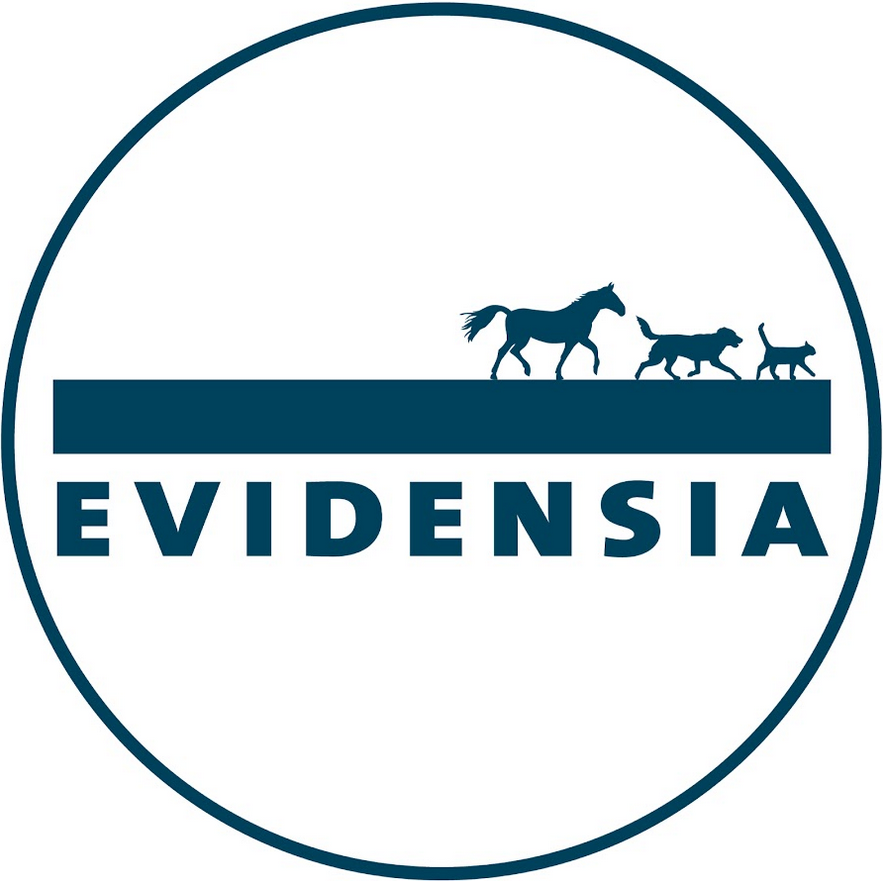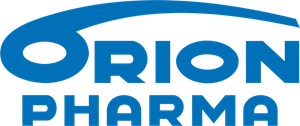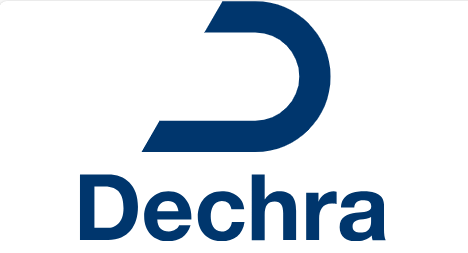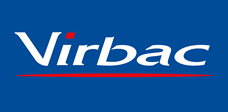Combination therapy
No results were found for your selected species
Regumate Equine
Active substance
ATC code
Species
Horses (mares).
Indications
In mares with significant follicular activity during the transitional period between seasonal anoestrus and the breeding season (follicles of at least 20-25 mm present at the beginning of treatment):
• Suppression/prevention of oestrus (usually after 1 to 3 days of treatment) during the prolonged oestrus periods occurring during this period.
• Control of the time of initiation of oestrus (approximately 90% of mares show signs of oestrus within 5 days following the end of treatment) and synchronisation of ovulation (60% of mares ovulate between days 11 and 14 following the end of treatment).
Dose to be administered and administration route
Oral use.
0.044 mg altrenogest per kg bodyweight per day, for 10 consecutive days.
Carefully withdraw the volume of veterinary medicinal product corresponding to the mare bodyweight (1 ml per 50 kg bodyweight) and administer this volume via oral route.
- 150, 300 and 1000 ml bottles: Wearing gloves remove the original cap and in its place screw on the luer lock cap. Keeping the bottle upright, screw the syringe onto the luer lock cap orifice, turn the bottle upside down, and carefully withdraw the solution from the bottle using the syringe.
Turn the bottle right way up before detaching the syringe. Securely replace the small cap on the luer lock cap.
- 250 ml bottles: Remove the white cap and the aluminium foil seal from the neck of the measuring compartment. Keeping the bottle upright, press the body of the bottle until the required volume of veterinary medicinal product is accumulated into the measuring compartment. Carefully pour the content of the measuring compartment on the mare feed.
The veterinary medicinal product should be added to the mare’s feed, at a single feeding per day, or directly administered into the mouth using a syringe. Avoid introduction of contamination.
Adverse reactions
Horses (mares):
|
Very rare (<1 animal / 10,000 animals treated, including isolated reports): |
Uterine infection |
Reporting adverse events is important. It allows continuous safety monitoring of a veterinary medicinal product. Reports should be sent, preferably via a veterinarian, to either the marketing authorisation holder or the national competent authority via the national reporting system. See the package leaflet for respective contact details.
Dispensing
POM-V - Prescription Only Medicine – VeterinarianSUMMARY OF PRODUCT CHARACTERISTICS
1. NAME OF THE VETERINARY MEDICINAL PRODUCT
Regumate Equine 2.2 mg/ml oral solution for horses
2. QUALITATIVE AND QUANTITATIVE COMPOSITION
Each ml contains:
Active substance:
|
Altrenogest Excipients: |
2.20 mg |
|
Butylhydroxyanisole (E320) |
0.07 mg |
|
Butylhydroxytoluene (E321) |
0.07 mg |
|
Sorbic acid (E200) |
1.50 mg |
|
Benzyl alcohol |
10.00 mg |
For a full list of excipients, see section 6.1
3. PHARMACEUTICAL FORM
Oral Solution.
Clear, light yellow oily solution.
4. CLINICAL PARTICULARS
4.1 Target species
Horses (mares).
4.2 Indications for use, specifying the target species
In mares with significant follicular activity during the transitional period between seasonal anoestrus and the breeding season (follicles of at least 2025 mm present at the beginning of treatment):
• Suppression/prevention of oestrus (usually after 1 to 3 days of treatment) during the prolonged oestrus periods occurring during this period.
• Control of the time of initiation of oestrus (approximately 90% of mares show signs of oestrus within 5 days following the end of treatment) and synchronization of ovulation (60% of mares ovulate between days 11 and 14 following the end of treatment).
4.3 Contraindications
Do not use in mares where uterine infection has been diagnosed.
Do not use in males.
4.4 Special warnings <for each target species>
In order to ensure effective use of the product, the presence of follicular activity in mares must be confirmed during the transitional period.
4.5 Special precautions for use
i. Special precautions for use in animals
The medicated feed should be offered to mares being treated as soon as the product has been added, and not stored. Part consumed feed must be safely destroyed and not given to any other animal.
ii. Special precautions to be taken by the person administering the veterinary medicinal product to animals
- Women who may be, or are pregnant, should not use the product. Women of childbearing age should avoid contact with the product. - This product should not be handled by persons with known or suspected progesterone-dependent tumours or thrombo-embolic disorders.
- Direct contact with the skin should be avoided. Personal protective clothing (gloves and overalls) must be worn when handling the product. Porous gloves may let this product pass through. Transcutaneous absorption may be even higher when the area is covered by an occlusive material, such as latex or rubber gloves. Accidental spillage on the skin should be washed off immediately with soap and water.
- Wash hands after treatment and before meals.
- In case of incidental contact with eye, rinse thoroughly with water for 15 minutes. Get medical attention.
- Effects of overexposure: repeated accidental absorption could lead to disruption of the menstrual cycle, uterine or abdominal cramping, increased or decreased uterine bleeding, prolongation of pregnancy or headache.
4.6 Adverse reactions (frequency and seriousness)
Adverse reactions, such as uterine infection, are extremely rare.
4.7 Use during pregnancy, lactation or lay
Pregnancy:
Not applicable.
However, accidental administration is not detrimental as studies in mares have not produced any evidence of teratogenic, foetotoxic or maternotoxic effects.
Lactation:
Use during lactation is unlikely to have detrimental effects.
4.8 Interaction with other medicinal products and other forms of interaction
Griseofulvin may alter the effects of altrenogest if administered concomitantly with this product.
4.9 Amounts to be administered and administration route
For oral administration.
0.044 mg altrenogest per kg bodyweight per day, for 10 consecutive days.
Carefully withdraw the volume of product corresponding to the mare bodyweight (1 ml per 50 kg bodyweight) and administer this volume via oral route.
- 150, 300 and 1000 ml bottles: Wearing gloves remove the original cap and in its place screw on the luer lock cap. Keeping the bottle upright, screw the syringe onto the luer lock cap orifice, turn the bottle upside down, and carefully withdraw the solution from the bottle using the syringe.
Turn the bottle right way up before detaching the syringe. Securely replace the small cap on the luer lock cap.
- 250 ml bottles: Remove the white cap and the aluminium foil seal from the neck of the measuring compartment. Keeping the bottle upright, press the body of the bottle until the required volume of product is accumulated into the measuring compartment. Carefully pour the content of the measuring compartment on the mare feed.
The product should be added to the mare’s feed, at a single feeding per day, or directly administered into the mouth using a syringe.
4.10 Overdose (symptoms, emergency procedures, antidotes), if necessary
No negative effects have been observed in horses following up to five times the recommended dose of altrenogest for 87 days and at the recommend dose for continuous periods up to 305 days.
4.11 Withdrawal period(s)
Meat and offal: 9 days.
Not authorised for use in lactating animals producing milk for human consumption.
5. PHARMACOLOGICAL
Pharmacotherapeutic group: Sex hormones and modulators of the genital system,
ATCvet code: QG03DX90.
5.1 Pharmacodynamic properties
Altrenogest is a synthetic trienic C21 steroidal progestagen, belonging to the 19-nor-testosterone series. It is an orally active progestagen. Altrenogest decrease blood concentrations of the endogenous gonadotrophins, LH and
FSH. As a consequence, it induces the regression of all large follicles
(>20-25 mm) and therefore blocks oestrus or ovulation. During the second half of the treatment period with the product, when all large follicles have regressed, there is a peak in FSH concentration which initiates a new wave of follicular growth. End of treatment is followed by a steady rise in LH concentration, which sustains follicular growth and maturation. These endocrine effects ensure that most mares ovulate during the four day period between days 11 and 14 after the end of the treatment course.
5.2 Pharmacokinetic particulars
Altrenogest is rapidly absorbed following oral administration and can be detected in blood as soon as 10 minutes after dosing. Maximum serum concentrations are observed 2.5 hours following administration. Altrenogest is extensively metabolised in the liver. The terminal half-life following oral administration is 10.7 hours ± 4.3 hours. Altrenogest is eliminated both via urine and faeces, in similar proportions.
6. PHARMACEUTICAL PARTICULARS
6.1 List of excipients
Butylhydroxyanisole (E320)
Butylhydroxytoluene (E321)
Sorbic acid (E200)
Benzyl alcohol
Triglyceride, Medium chain
6.2 Incompatibilities
None known.
6.3 Shelf life
Shelf-life of the veterinary medicinal product as packaged for sale: 3 years.
Shelf-life after first opening the immediate packaging:
• 150 ml bottle: 14 days
• 250 ml, 300 mL and 1000 ml bottles: 28 days
6.4 Special precautions for storage
This veterinary medicinal product does not require any special storage condition.
6.5 Nature and composition of immediate packaging
The product is packaged in brown opaque 150, 250, 300 and 1000 ml polyethylene bottles sealed by an aluminium protective cap and closed by a plastic screwed-on stopper.
The 150 ml, 300 ml and the 1000 ml bottles are provided with a luer lock cap which, when screwed on the bottle neck, allows the user to safely and accurately withdraw the product with a syringe that can directly adjust on the luer lock cap.
The 250 ml bottle is equipped with a 12.5 ml measuring compartment.
Not all pack sizes may be marketed.
6.6 Special precautions for the disposal of unused veterinary medicinal product or waste materials derived from the use of such products
Any unused veterinary medicinal product or waste materials derived from such veterinary medicinal product should be disposed of in accordance with local requirements.
Part consumed feed must be safely destroyed and not given to any other animals.
7. MARKETING AUTHORISATION HOLDER
MSD Animal Health UK Limited
Walton Manor
Walton
Milton Keynes
Buckinghamshire
MK7 7AJ
8. MARKETING AUTHORISATION NUMBER
Vm 01708/4503
9. DATE OF FIRST AUTHORISATION
05 April 2005
10. DATE OF REVISION OF THE TEXT
August 2020

Approved 14 August 2020
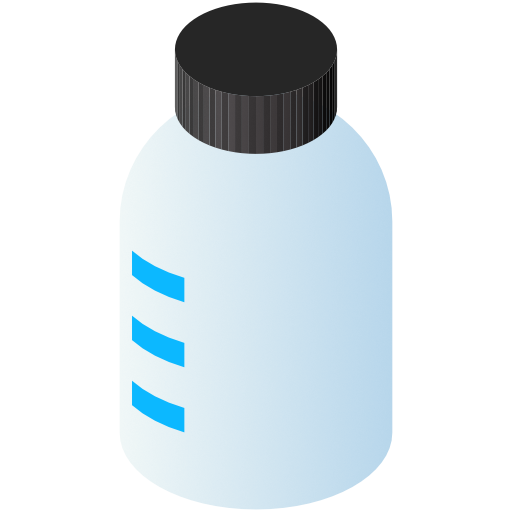
| Art. Nr. | |
|---|---|
| EAN | 8713184037602 |
 TRUSTED SOURCE
TRUSTED SOURCE
